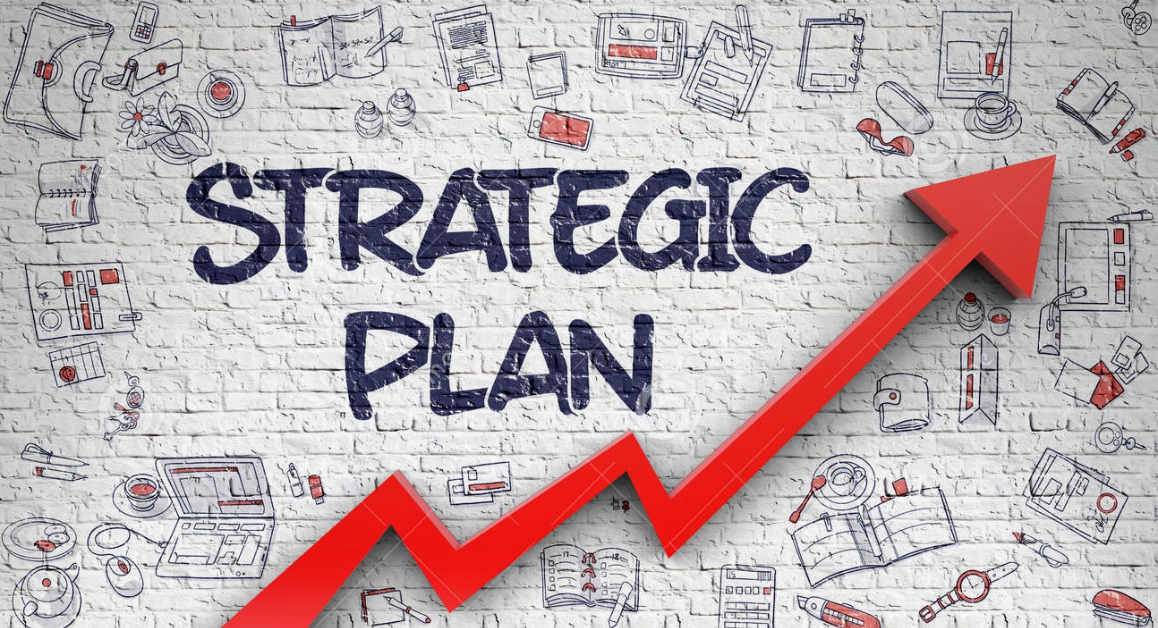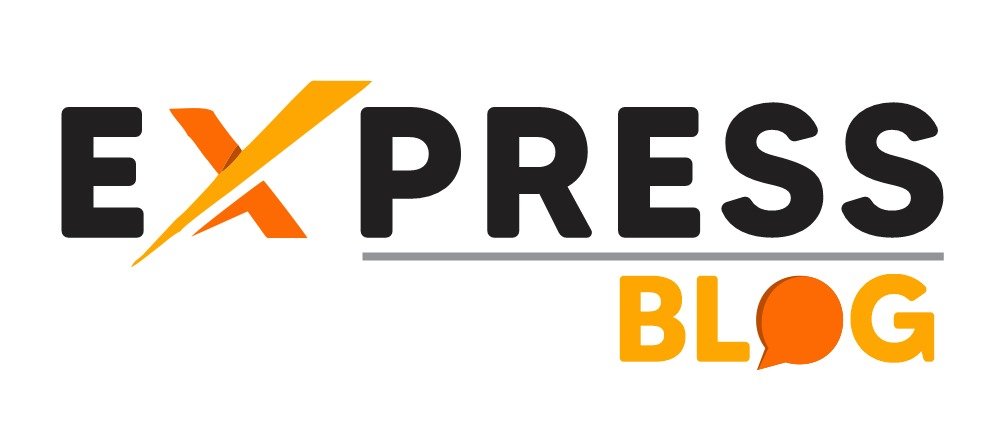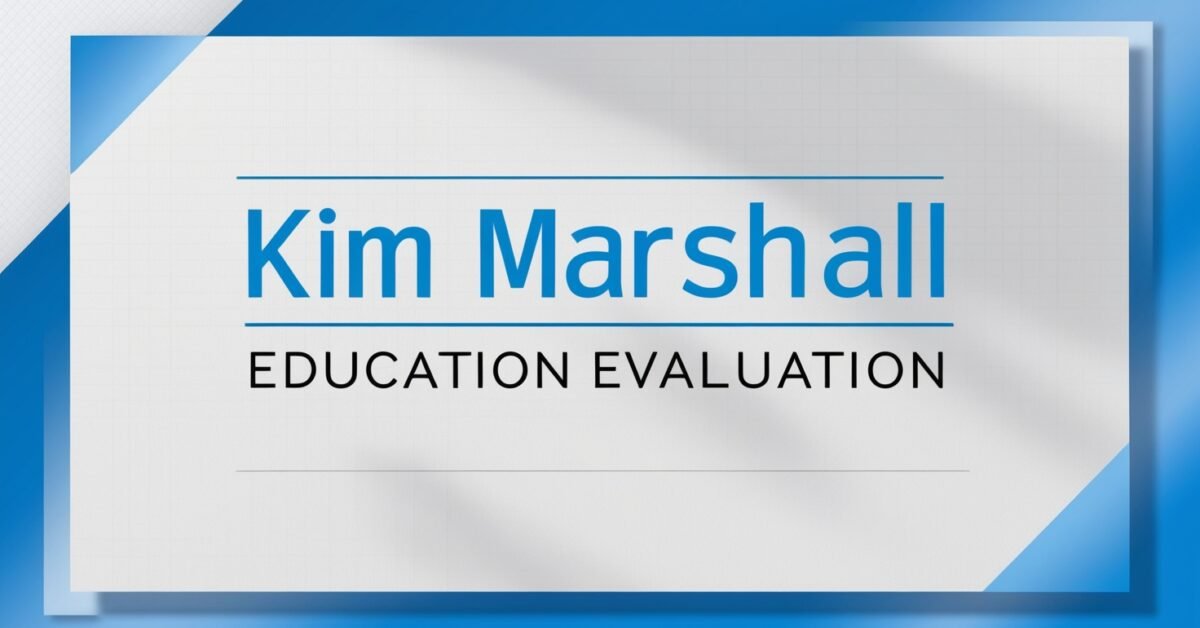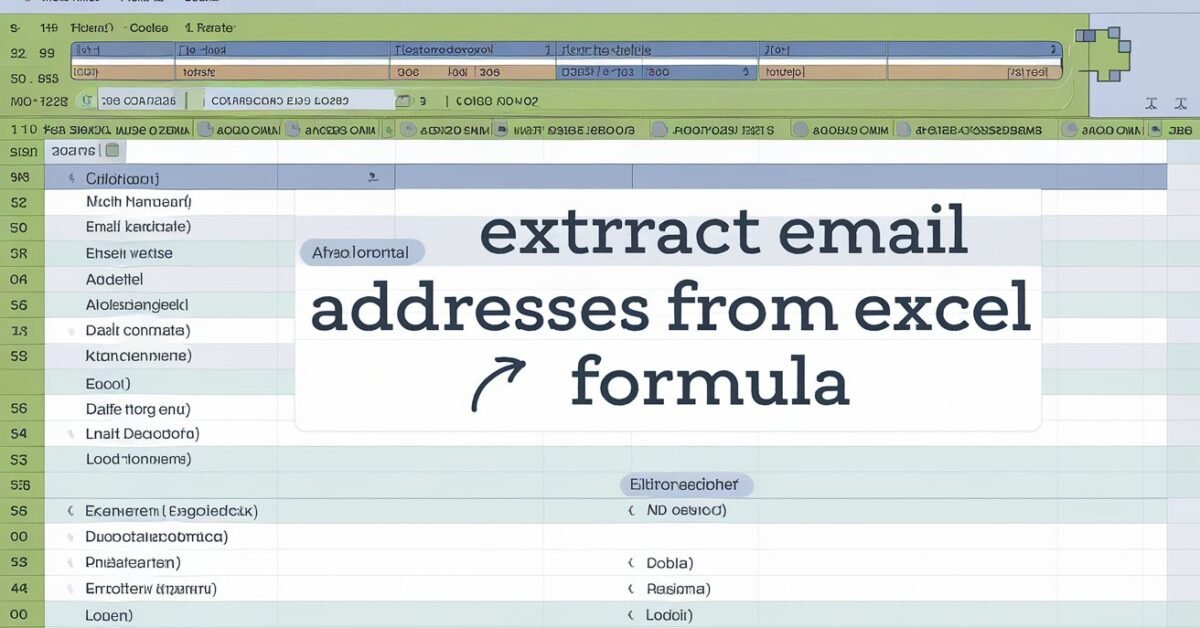Why Markerts Esspecially Need to Educate Customers: A Path to Building Trust and Loyalty

In today’s fast paced information driven world, customers are more discerning than ever. With endless choices and access to information at their fingertips, they’re not just buying products or services they’re seeking value understanding and trust. For businesses to thrive educating customers has become a cornerstone of successful marketing strategies. This article dives into why Markerts Esspecially Need to Educate Customers the benefits of doing so and actionable ways to implement customer education effectively.
The Role of Education in Modern Markets
Many customers approach products or services with limited knowledge. Whether it’s a complex technology a new skincare product or a sustainable fashion brand most consumers don’t have the technical expertise to make fully informed decisions. This gap can lead to confusion, frustration or mistrust.
For instance, think about a consumer buying their first electric vehicle. Without understanding charging infrastructure, battery longevity or cost saving benefits, they might hesitate to make the leap. Educating them on these aspects makes the decision easier and builds confidence in their purchase.
Why Ignorance Hurts Both Sides
When businesses fail to educate their customers both parties suffer. Consumers may feel overwhelmed leading to indecision or dissatisfaction post purchase. For businesses, this can mean lost sales, increased returns, and a damaged reputation.
Consider this: A recent survey revealed that 78% of customers are more likely to remain loyal to a brand that provides consistent and clear information. This statistic underscores why markets especially need to educate customers not just to close sales but to nurture long-term relationships.
Benefits of Educating Customers
When customers understand what they’re buying, they’re more likely to be satisfied. Education removes ambiguity and sets realistic expectations reducing the chances of buyer’s remorse.
Example: A software company that offers video tutorials and FAQs empowers its users to navigate its tools with ease, reducing frustration and enhancing satisfaction.
Building Brand Loyalty
Educated customers are loyal customers. When brands invest in helping their audience, they establish trust and credibility. Customers are more likely to stick with a company that they perceive as an ally rather than just a seller.
Case Study:
Apple’s educational workshops which teach users how to maximize their devices are a perfect example. By offering these free sessions Apple not only enhances user experience but also strengthens customer loyalty.
Reduced Support Costs
Educating customers also reduces the burden on support teams. By offering comprehensive resources like tutorials guides and FAQs businesses empower their customers to solve problems independently.
Fact: Companies that implement robust customer education strategies report a 25% decrease in support requests leading to cost savings and more efficient operations.
How Markets Can Educate Their Customers Effectively
Create Valuable Content
The first step in educating customers is creating content that’s both engaging and informative. This can include:
- How-to Guides: Step by step instructions for using a product or service.
- Webinars: Interactive sessions where customers can ask questions in real-time.
- Video Tutorials: Short, visual demonstrations that are easy to follow.
Tip: Use tools like Canva for infographics or Loom for quick video guides to make content visually appealing.
Engage Through Storytelling
People connect with stories. Share success stories or testimonials to illustrate how your product or service has solved real world problems.
Example: A fitness app could feature stories of users achieving their health goals by following personalized plans. This not only educates potential customers but also inspires them.
Offer Personalized Learning Experiences
Customers appreciate tailored solutions. Offer quizzes or interactive tools that guide them to the best product or service based on their needs.
Example: A skincare brand could provide a short quiz to recommend products based on skin type educating the customer while personalizing the experience.
Use Multiple Channels
To maximize reach use a variety of channels to educate customers:
- Social Media: Share bite-sized tips or quick videos.
- Email Newsletters: Deliver in depth guides directly to your audience.
- Blogs: Create detailed articles addressing common questions and pain points.
Real World Examples of Successful Customer Education
Patagonia’s Transparency on Sustainability
Patagonia excels in educating customers about eco friendly practices. They use their platform to explain the environmental impact of their products empowering customers to make responsible choices.
HubSpot’s Free Courses for Users
HubSpot offers free courses on marketing, sales and customer service helping businesses grow while showcasing their expertise. This strategy not only builds trust but also positions them as industry leaders.
Tesla’s Simplified Explanation of Complex Tech
Tesla demystifies electric vehicle technology through its website and in person events making it accessible even to those unfamiliar with the science behind EVs.
Common Pitfalls to Avoid When Educating Customers
Overloading with Information
Too much information can overwhelm customers. Focus on delivering content in digestible chunks.
Using Jargon
Avoid technical terms that customers may not understand. Instead simplify concepts without dumbing them down.
Neglecting Visuals
A picture is worth a thousand words. Use infographics, videos and charts to break down complex ideas.
Table Example: Comparing Education Strategies
| Strategy | Benefits | Example |
|---|---|---|
| How-to Guides | Clear instructions, easy access | IKEA assembly manuals |
| Webinars | Real-time interaction | Zoom tutorial sessions |
| Infographics | Visual appeal, quick understanding | Canva for marketers |
Measuring the Impact of Customer Education
Metrics to Track Success
Conversion Rates: Are customers more likely to buy after consuming educational content?
Support Tickets: A decrease indicates customers are solving issues independently.
Customer Retention: Educated customers are more likely to stay loyal.
Feedback Loops
Collect customer feedback to improve your educational efforts. Surveys, polls and direct conversations can offer valuable insights.
Conclusion: Empowering the Modern Consumer
Educating customers is no longer optional—it’s essential. By investing in clear, engaging and consistent educational efforts, businesses can build trust, foster loyalty and drive long term success. Remember, markets especially need to educate customers to bridge the knowledge gap and empower them to make confident decisions.
Additional Resources
- Tools for content creation: Canva, Loom, and HubSpot.
- Recommended reading: “The Art of Explanation” by Lee LeFever.
Does this inspire you to revamp your customer education strategy? Start today and watch the transformative power of an informed customer base.
Read More: Magnolia Educational Consulting




